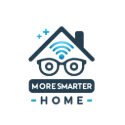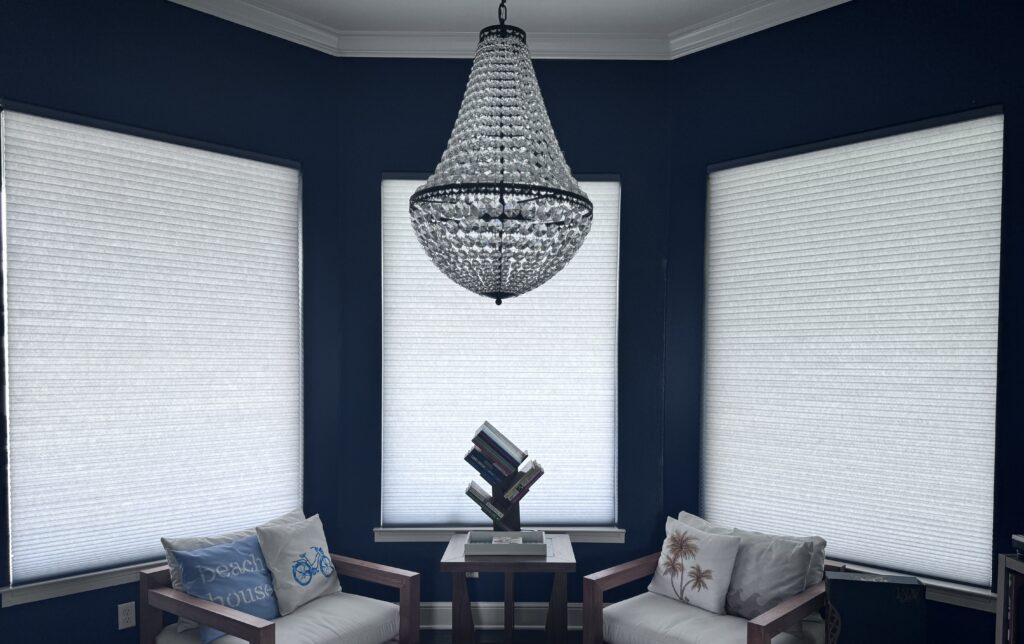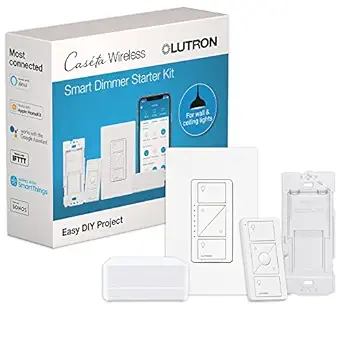Some of the products we mention and recommend may include affiliate links to allow us to offset some of the cost of running this site. For more info please read our privacy policy
Smart Home Accessibility Features for the Elderly and Disabled
Smart home technology has revolutionized the way we live in our homes. From controlling the lights and temperature with just a few taps on our smartphones, to having our appliances work seamlessly together, the possibilities are endless. But, did you know that smart home technology also has a lot of benefits for the elderly and disabled? With the right devices and setup, smart homes can greatly improve the quality of life for these individuals. In this article, we will discuss the various accessibility features that can be incorporated into a smart home for the elderly and disabled.
Voice Control
One of the biggest challenges for the elderly and disabled is physically controlling devices in their homes. With voice control, this challenge is eliminated. Apple Homekit compatible devices, such as the HomePod, allow users to control their smart home with just their voice. This means they can turn on/off lights, adjust the thermostat, and even lock the doors without having to physically interact with the devices.
Motion Sensors
For those who have limited mobility, motion sensors can be a game changer. By detecting movement, these sensors can trigger certain actions in the home, such as turning on the lights when someone enters a room. This eliminates the need for the individual to manually turn on lights, reducing the risk of accidents and falls. Motion sensors can also be used to automate tasks, such as opening and closing blinds at specific times of the day, making the home more comfortable and convenient.
Smart Security Systems
Smart security systems are not just about keeping intruders out, they can also provide peace of mind for the elderly and disabled. With remote access and notifications, caregivers can keep track of their loved one’s comings and goings. In case of emergencies, they can also be notified immediately, allowing for faster response times.
Smart Appliances
Simple tasks like cooking and doing laundry can be difficult for those with disabilities. But with smart appliances, these tasks can be made easier. Smart ovens, for example, can be controlled remotely, allowing caregivers to turn off the oven if it is left on accidentally. Smart washing machines can also be programmed to start and stop at specific times, eliminating the need for individuals to physically interact with the machines.
Emergency Alerts
Smart home technology can also be a lifesaver in emergency situations. With devices like the Apple Watch, help can be summoned with just a tap of a button. These devices also have fall detection features, which can automatically send an alert if a fall is detected. This can be especially helpful for those who live alone.
Customizable Settings
Not all disabilities are the same, and not all elderly individuals have the same needs. That’s why customizable settings are important in a smart home. Devices like the Philips Hue lights allow users to adjust the brightness and color of the lights to their liking. This can be helpful for those with low vision or sensitive eyes. With customizable settings, a smart home can be tailored to meet the specific needs of the individual.
Remote Monitoring
For caregivers, remote monitoring is a crucial feature of a smart home. With the use of cameras and sensors, caregivers can keep an eye on their loved ones from anywhere. This can provide peace of mind and also allow for early detection of any potential issues.
Conclusion
Smart home technology has come a long way in making our lives easier and more convenient. But its impact goes beyond that. With accessibility features specifically designed for the elderly and disabled, smart homes can greatly improve the quality of life for these individuals. From voice control to remote monitoring, the possibilities are endless. If you have an elderly or disabled loved one, consider incorporating smart home technology into their home. It could make all the difference.
To learn more about the benefits of smart home technology, check out our other articles on moresmarterhome.com. We are committed to bringing you the latest information and updates on everything related to smart home automation with Apple Homekit compatible devices.


